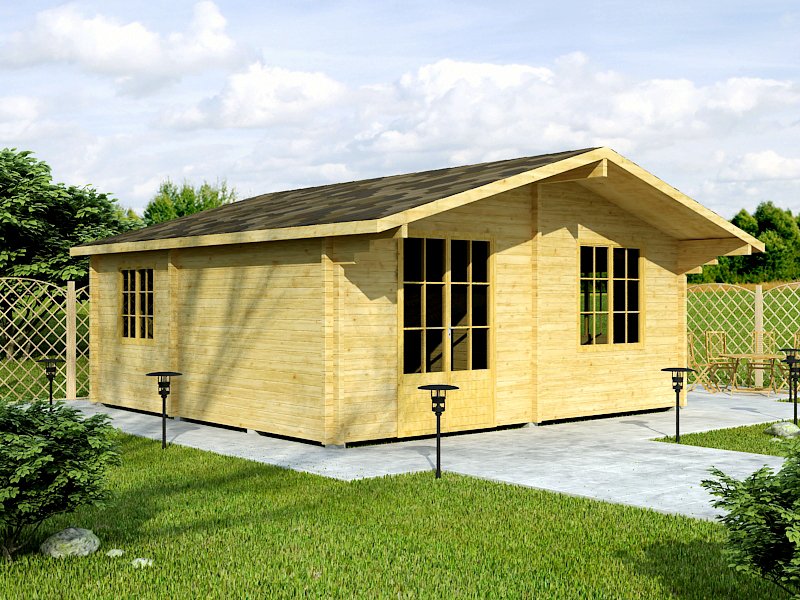
How to Make a Garden Building Child Safe
Transforming your garden into a safe space for children needn’t be complex. A well-planned child-friendly garden combines security, exploration and nature into one welcoming haven that’s enjoyed by people of all ages.
Assuring a child-friendly garden starts from within. A garden coordinator or teacher can conduct a safety meeting prior to planting season to establish clear guidelines and establish routines.
Fences
Children are naturally curious, so having a fence around your property helps keep them safe by blocking off street visitors and other unwelcome visitors. But to ensure maximum childproofing of this barrier from climbing over or slipping through small gaps. A wooden fence with tightly spaced slats may be best. Furthermore, regular inspection should also take place to check for protruding screws, loose nails and any hardware which could cause laceration and other serious injuries to children playing nearby.
A fence also serves as a sound barrier, helping to minimize noise from traffic or construction nearby. Furthermore, fencing can keep various areas of your garden contained by acting as an enclosure; hedges, hazel hurdles, low walls or dense shrubbery all make great options.
As well as providing security, fences also add beauty and charm to any garden. They can become focal points in its design or even serve as intimate outdoor „garden rooms” where you can relax or host guests.
An inviting garden provides children with an exciting space to unleash their creativity while learning about nature and wildlife. Swings, climbing frames, slides and mud kitchens are common fixtures in gardens to allow children to play while exploring their surroundings. Make sure any play equipment that isn’t securely fastened to the ground is secured as regularly as possible for loose screws or other safety hazards; furthermore it would be wise not to leave buckets or wading pools empty in open locations as this poses a drowning risk for young ones.
Water features
Water features are a popular addition to gardens, patios, decks, and yards. Not only do they add aesthetic value, but water features can even serve as healing elements in spiritual gardens or be used as part of meditation practices. Furthermore, they’re easy to maintain and can boost curb appeal for your home!
Ponds, fountains and wishing wells are some of the most widely popular water features available today. Ponds provide an idyllic spot to create an aquatic-looking backyard, complete with fish, frogs and aquatic plants; fountains create an artistic and sculptural focal point; some styles may be affordable while others more lavish can cost thousands.
Streams and waterfalls can make any sloped backyard more visually appealing by turning it into an aesthetically pleasing garden area. There are DIY options as well as kits with all of the components necessary to install one yourself; solar power options also present eco-friendly and cost-efficient alternatives.
Children love water features and ponds, but it must be secured so they cannot access it and drown. This is particularly important with shallow waters such as garden ponds or rain barrels. Also ensure any wading pools or buckets used by your children are empty after every use and stored safely away when not being used.
Water features offer more than soothing sounds and dramatic visual impact; they also serve to block out unwanted noise. For instance, flowing water can mask noise from neighbors and traffic, making it easier to relax and concentrate. Water features also attract wildlife such as birds, butterflies and amphibians as they provide shelter from harsh UV rays; making your outdoor space more enjoyable and appealing, especially to children. But to protect children from UV radiation safely it is vitally important that shade be installed within your garden or yard – this could include installing a gazebo, pergola or structure with fabric material providing high quality UV protection – installing shade within your garden or yard will provide much needed UV protection from harsh UV rays from direct sun light!
Furniture
No matter our best intentions, safety rules can often go unheeded when it comes to kids. Therefore, extra steps should be put in place to help keep them safer; furniture can play an integral part. Chairs with sharp corners or adjustable reclining surfaces shouldn’t be at head height for small children and wooden furniture should be regularly sanded to remove any potential splinters. Sun protection is equally essential, and umbrellas or awnings should be placed where possible to block UV rays; other outdoor options for sun protection include teepees or mud kitchens which both offer fun educational spaces for tinkering and learning!